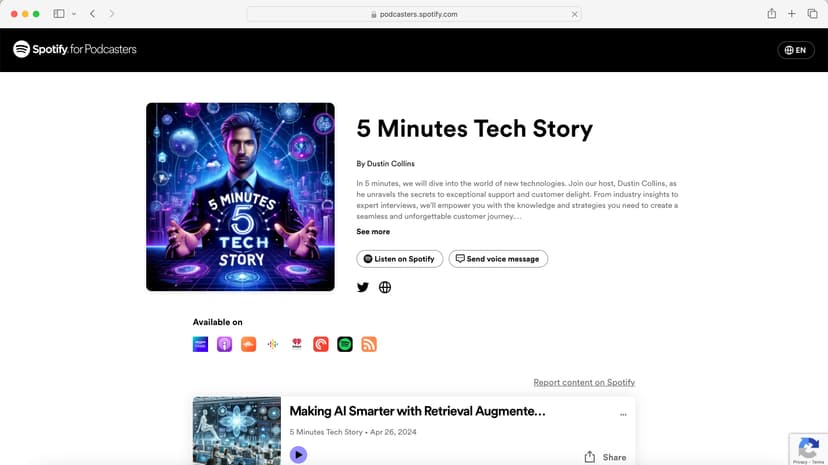What is a Token in AI Language Models?
In artificial intelligence, especially within large language models (LLMs) like GPT, the concept of a "token" plays a key role. These tokens act as the building blocks of the language processing system. Without tokens, these models wouldn't know how to analyze or generate text effectively.
Tokens and Text
A token is a piece of text that a language model can understand and process. A token could be a word, part of a word, or even a single character. For example, the word "thinking" might be broken down into two tokens, such as "think" and "ing," depending on the tokenizer used.
For simple cases:
- The sentence, "I love AI," may be split into three tokens: "I," "love," and "AI."
However, things become more complex with larger texts, slang, or non-standard words.
How Tokenization Works
Tokenization is the process of breaking down text into tokens. The model's tokenizer uses a predefined set of rules to split text. There are different ways to handle this, and various language models may use different tokenization techniques.
For example:
- Word-level tokenization: Breaks text at word boundaries.
- Subword-level tokenization: Splits words into smaller chunks, useful for handling unknown or rare words.
- Character-level tokenization: Treats each character as a token. This is rare for large language models but can work in specialized cases.
Subword tokenization is commonly used in modern LLMs because it balances efficiency and flexibility.
Common Tokenization Methods
Popular tokenization strategies include:
- Byte Pair Encoding (BPE): Merges the most frequent character pairs in text iteratively to create subwords.
- WordPiece: Similar to BPE but optimized for tasks such as machine translation.
- SentencePiece: Often used in models trained on diverse languages, it works without requiring traditional word boundaries.
These methods ensure that both common and rare terms are processed effectively.
Why Tokens Are Important
Tokens are important for multiple reasons, such as:
1. Text Processing Efficiency
LLMs can't read entire paragraphs at once. Instead, they process text one token at a time. The tokenization process reduces the computational load by breaking large inputs into manageable chunks.
2. Model Input and Output
When you input a sentence into an LLM, the model doesn't work with raw text. It converts the sentence into tokens. The model then analyzes the patterns within these tokens, predicting or generating new ones based on its training.
For example, if you ask, "What is the capital of France?", the model may process this query through several steps internally:
- Convert the input into tokens.
- Analyze token patterns.
- Predict the next tokens that answer the question, such as "Paris."
3. Token Limits
Language models have token limits. For instance, GPT models may have a maximum token capacity of 4,000 or more. This limit affects how much text can be input or output at once.
If you try to submit a large document exceeding the token limit, the model might cut off part of your input, leading to incomplete responses. Optimizing token usage helps users get better results without hitting these limits.
Tokenization Challenges
While tokenization is crucial, it's not perfect. Different languages and writing styles introduce challenges. Some issues include:
- Ambiguity in token boundaries: Languages without spaces between words, like Chinese or Japanese, require special handling.
- Compound words: In languages like German, compound nouns can be extremely long, complicating tokenization.
- Slang and abbreviations: Models might tokenize non-standard phrases in unexpected ways.
To improve token handling, developers continually optimize tokenizer algorithms and retrain models with diverse datasets.
Optimizing for Token Usage
For tasks involving large amounts of text, managing token limits is important. You can optimize your text by:
- Shortening inputs: Remove unnecessary details or redundant phrases.
- Summarizing responses: Ask the model to be concise by using prompts like "summarize the text in 100 words."
- Using fewer examples: In prompts with multiple examples (few-shot learning), reducing the number of examples can save tokens.
These strategies help maximize output quality without sacrificing clarity.
As AI continues to evolve, tokenization methods may become even more efficient. Future models might handle longer inputs and improve their ability to understand complex texts without hitting token limits.












